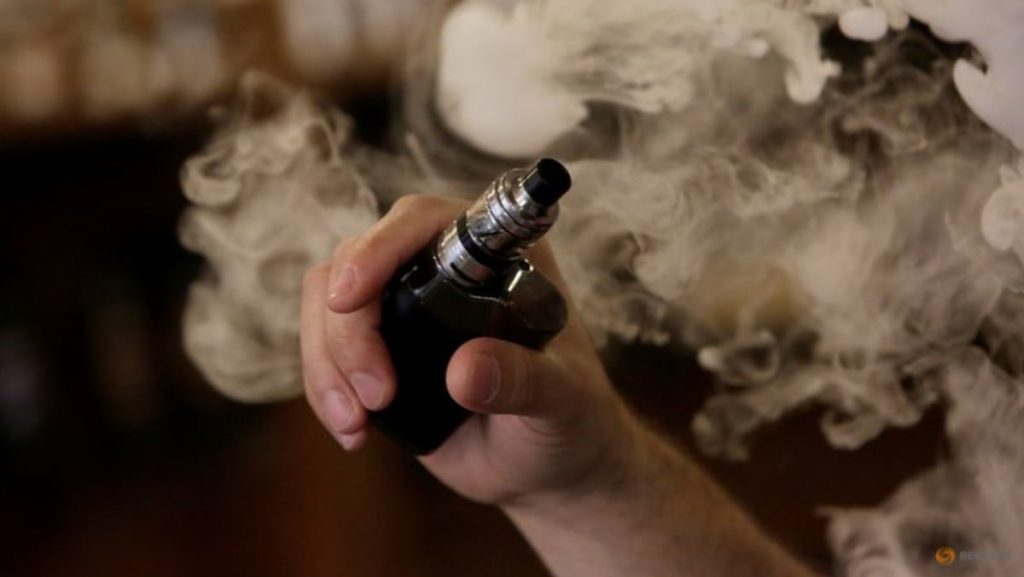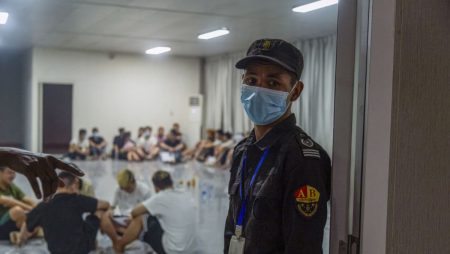Hong Kong’s Latest Move to Tackle Vaping: A Comprehensive Approach
Introduction to the Ban on E-Cigarette Cartridges
Hong Kong is taking bold steps to address the growing concern of vaping, particularly among its youth. In a recent announcement, the city’s top health official, Secretary for Health Lo Chung-mau, revealed plans to ban the possession and use of e-cigarette cartridges in public spaces by mid-2026. This move is part of a broader anti-tobacco agenda that aims to protect young people from the harmful effects of vaping. Despite a ban on the import, manufacture, and sale of e-cigarettes and heated tobacco products implemented in April 2022, vaping remains a prevalent issue in Hong Kong. The government is now intensifying its efforts to curb this trend, starting with public places before expanding the ban to all areas.
Motivation Behind the Ban: Protecting Young People
The decision to ban e-cigarette cartridges stems from a deep concern for the health and well-being of Hong Kong’s youth. Secretary Lo Chung-mau emphasized the importance of safeguarding young people from the risks associated with vaping. The ban is not just about enforcing laws; it is a proactive measure to prevent the next generation from falling into the trap of nicotine addiction. Studies have shown that e-cigarettes can lead to serious health issues, including respiratory problems and long-term nicotine dependence. By targeting public spaces first, the government hopes to reduce the visibility and social acceptance of vaping, particularly among teenagers and young adults.
Phased Enforcement: Starting with Public Spaces
The ban will be implemented in phases, beginning with public places. According to Secretary Lo, this approach is necessary due to the “many enforcement problems” that exist in indoor areas. By focusing on outdoor spaces first, the government aims to gradually accustom the public to the new regulations. Once the ban gains acceptance in public areas, it will be extended to all places, including private indoor spaces. This phased rollout is a strategic move to ensure compliance and minimize resistance. It also reflects the government’s commitment to creating a healthier environment for all residents.
The Legislative Process: A Timeline for Change
The proposed ban is set to be submitted to the legislature in April, with the goal of enacting the law by mid-2026. This timeline reflects the government’s determination to address the vaping issue comprehensively. The legislation will initially focus on outdoor possession and use, but it will eventually cover all areas. By introducing the ban in a structured and gradual manner, the government hopes to avoid overwhelming the public and enforcement agencies. The legislative process will also provide an opportunity for public consultation and feedback, ensuring that the final law is both effective and widely supported.
Addressing the Health Risks of Vaping
The ban on e-cigarette cartridges is a direct response to the growing body of evidence highlighting the health risks associated with vaping. While e-cigarettes were initially marketed as a safer alternative to traditional tobacco products, studies have revealed that they pose significant health dangers. Nicotine, a key ingredient in most e-cigarette cartridges, is highly addictive and can have long-term effects on brain development, particularly in young people. Additionally, the aerosol produced by e-cigarettes contains harmful chemicals that can cause respiratory and cardiovascular problems. By banning these products, Hong Kong is taking a crucial step toward protecting its population from these risks.
The Role of Public Education in Ensuring Success
While legislation is essential, the success of the ban will largely depend on public education and awareness. The government recognizes that simply enforcing laws is not enough; it must also change societal attitudes toward vaping. Educational campaigns will play a vital role in highlighting the dangers of e-cigarettes and encouraging individuals, especially young people, to make healthier choices. By engaging with the community and providing accurate information, Hong Kong can create a cultural shift that supports the ban and promotes a tobacco-free lifestyle.
In conclusion, Hong Kong’s decision to ban e-cigarette cartridges is a forward-thinking approach to addressing the vaping epidemic. By focusing on public health, protecting young people, and implementing a phased enforcement strategy, the government is demonstrating its commitment to creating a healthier society. The road ahead will require collaboration between policymakers, enforcement agencies, and the public, but the ultimate goal of reducing vaping-related harm is well worth the effort.












